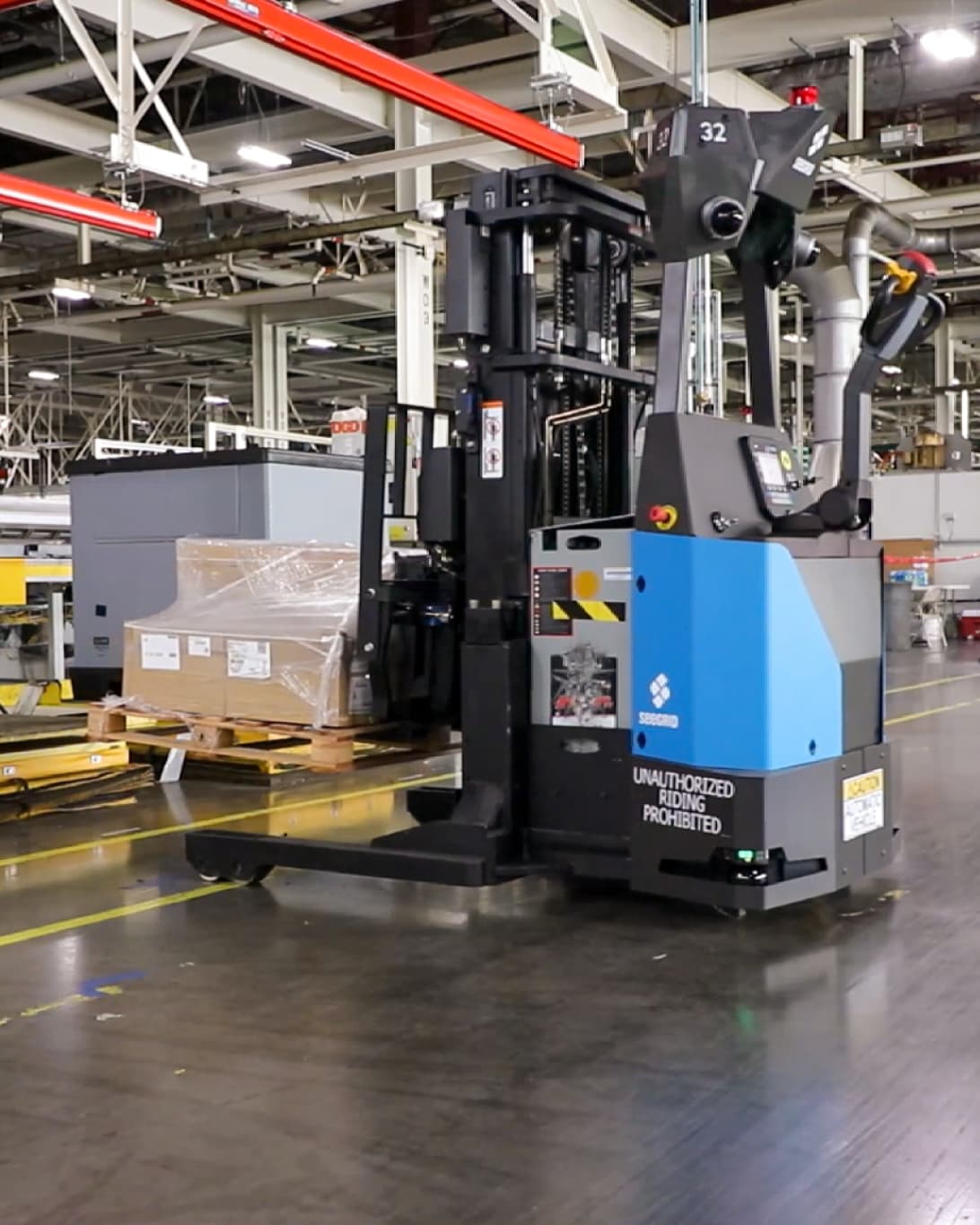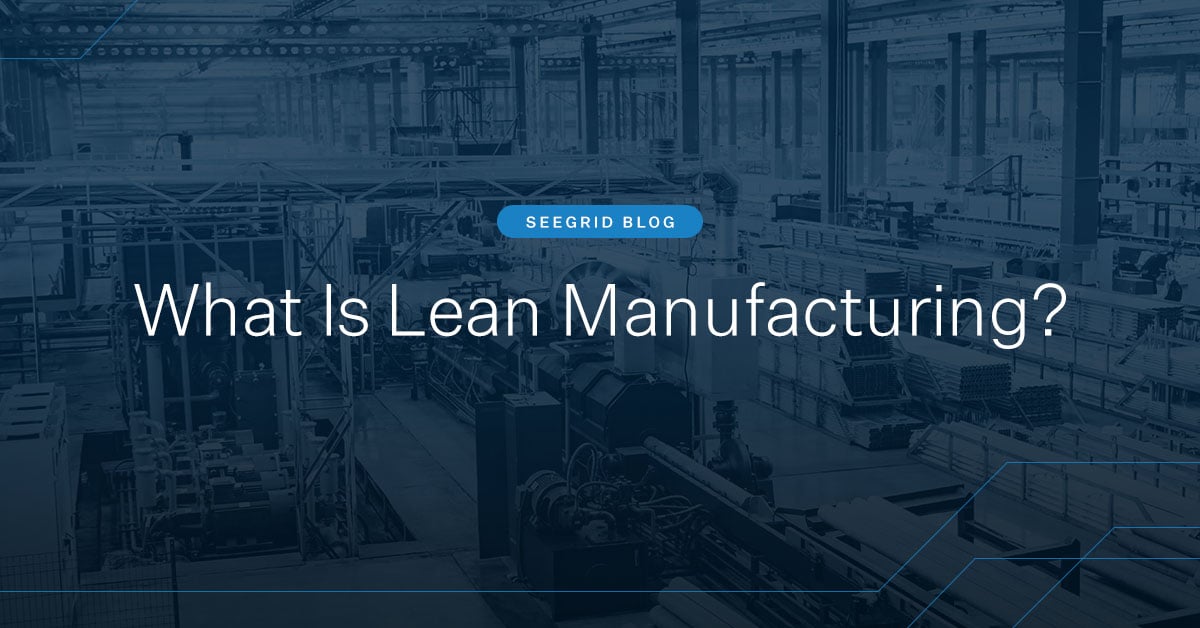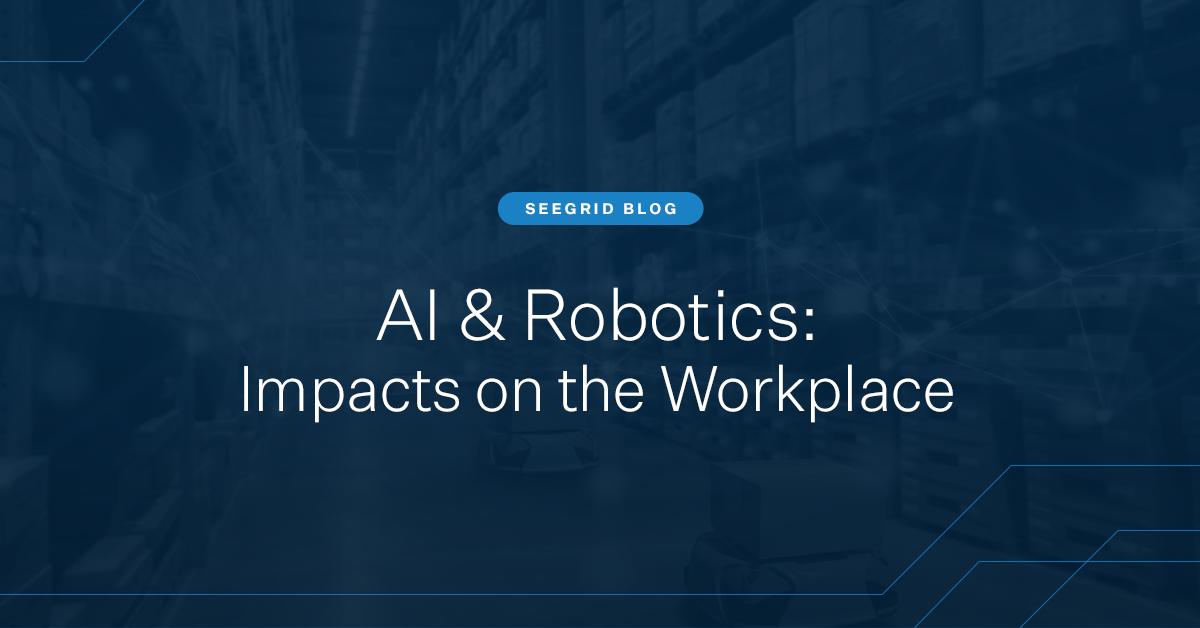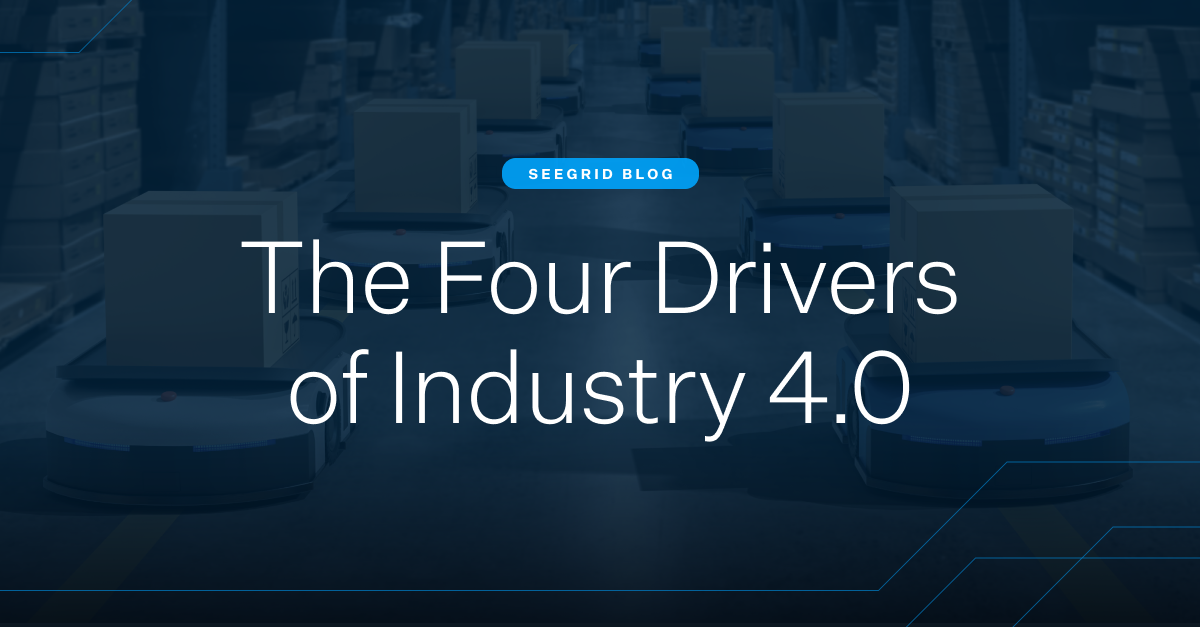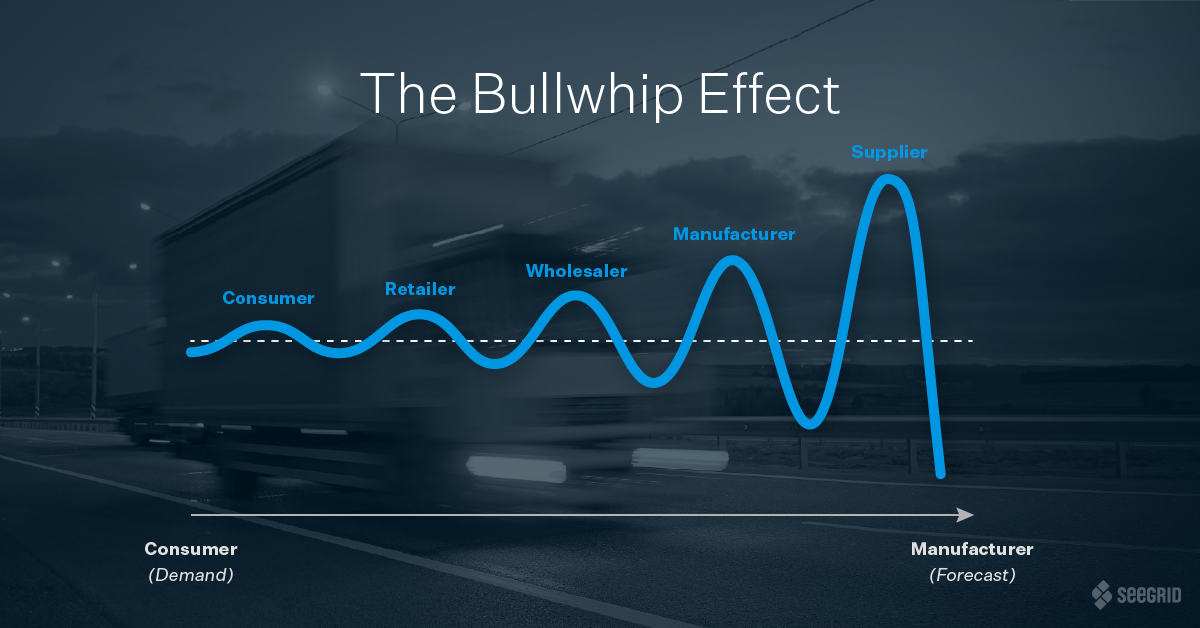Lean manufacturing is not a new concept—the lean production methodology has been around since the 1990s. Lean systems date back to early 1900s automobile production, with Ford’s assembly line and the Toyota Production System (TPS).
In the current business environment, manufacturers face escalating competitive pressure due to increased e-commerce, fluctuating orders, and custom requests. This makes lean manufacturing more important than ever before.
So, what does lean manufacturing mean to you and your facility? How can you utilize automation to bring the methodology to life and streamline your organization? Let's dive in.
Flexible and Lean Manufacturing Systems Defined
People sometimes use lean manufacturing and flexible manufacturing interchangeably, but in reality, these are two distinct philosophies.
Lean Manufacturing Systems
Lean manufacturing systems maximize throughput with fewer resources and accomplish goals in less time and with less effort than other methods. It often requires flexible tools and technology that can balance material flow smoothly and keep up with the pace of production.
Flexible Manufacturing Systems (FMS)
Flexible manufacturing enables companies to react to changes. Manufacturing facility staff can leverage this methodology to expand the production manufacturing process or change workflows to meet customer demand.
Thanks to modern technology, facility managers don't have to choose between the two—you can be lean and flexible. The secret is finding the best set of lean tools available. Effective tools allow you to accomplish the most amount of tasks quickly, efficiently, and cost effectively—all without compromising safety. For long-term success, the lean tools you choose will equip you for the rapidly evolving facility landscape.
A perfect example of these systems working together is the concept of single-piece flow. Single-piece flow refers to the concept of moving parts through operations step-by-step with no work happening in between. Manufacturers typically use single-piece flow in conjunction with a cellular layout where all equipment and parts are kept in the same "cell" or area in a production facility. The goal is to implement a system that minimizes the number of touch points but can be responsive to changing conditions.
Autonomous Mobile Robots (AMRs) Support Lean Processes
Manual material movement is a significant resource expense and does not provide any customer value. An agile manufacturing AMR solution ticks all the lean and flexible boxes. AMRs address this expense by helping companies move materials efficiently and safely. Additionally, they support efforts to be responsive to the needs of customers, especially when it comes to customized orders.
Here are two of the ways AMRs can help you achieve a flexible manufacturing system and implement lean principles:
Reducing Lead Time
Decreasing inventory to levels that are conducive to your operation will reduce lead time. “The pull system” is a lean manufacturing technique used to reduce waste in the production process. Facilities make a product based on actual customer demand.
The pull system means that the facility won’t house a large surplus of products. This allows more space to be devoted to the areas that directly lead to getting customers what they want.
AMRs excel in this kind of agile manufacturing process. Automating the transport of materials and products in facilities reduces operational costs, lead time, safety issues, and foot traffic. In fact, Seegrid AMRs can easily be trained by in-house personnel with routes to reliably deliver materials to workstations.
Once a task is complete, an employee can simply push a button to notify the AMR to move on to the next job. The AMR in turn moves the right amount of product at the right time—eliminating bottlenecks in the production line and only moving material between workstations or assembly lines when needed.
Transporting Materials to the Production Floor
Getting materials to the production floor safely and efficiently is vital to a flexible production system and lean process. It’s not as easy as it sounds, because in most cases, moving material involves human workers.
Allocating the right amount of workforce can be challenging due to issues such as:
- Productivity fluctuations
- Absent workers
- Shortage of workers (including sick time, PTO, and/or general labor shortages)
- Custom order timelines,
- Material delays to the production line (all of which affect resources)
No matter what problems you have, they all come with a cost and have a negative impact on lean manufacturing.
Integrating a flexible autonomous transportation system to move materials and products can help with labor uncertainties. Additionally, these systems reduce labor costs, improve safety, and prevent inventory from piling up in the production area.
Automating these dangerous and unfulfilling tasks allows managers to keep workers focused on safer and more stimulating work. This helps improve employee satisfaction and safety. Automating tasks increases reliability and accuracy, which ensures goods arrive on time, every time.
Flexible automation solutions also enable businesses to continually improve material flow in their facility as demands change and grow. With Seegrid’s holistic solutions, users can retrain and redeploy their Seegrid AMRs without having to wait for a technician. This allows them to reduce additional costs and downtime waiting for an expert to travel to the site.
Seegrid's cloud-based fleet analytics software helps facility managers establish a continuous flow of improvements. Fleet Central collects Seegrid AMR fleet performance data that shows trends and can inform data-based productivity decisions and process improvement. Fleet Central can report on high wait times, periods of low utilization, and high-traffic areas. Translating these data points into trends and improving on them can directly optimize fleet performance and boost capacity.
The Future Requires a Flexible, Lean Automation Machine
To keep up with consumer demands and competition, a material handling facility manager must fully commit to lean thinking. To start your automation journey, examine your facility and current workflows. Working with an automation vendor gives you unique insights into the best opportunities for automation. Facility scopes are helpful in identifying the best opportunities to eliminate waste, reduce costs, and alleviate bottlenecks to drive efficiencies.
When managers trust AMRs to take their material handling to the next level, it frees up resources and human power that can be better utilized elsewhere. The supply chain is facing more disruptions, challenges, and opportunities than ever. The flexibility of Seegrid AMRs is critical for facilities to be agile and resilient today and in the long term.
Want to learn more? Download this infographic to discover how to map your route to automation success by driving efficiency with AMRs and data analytics.
